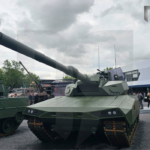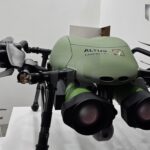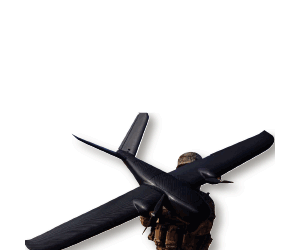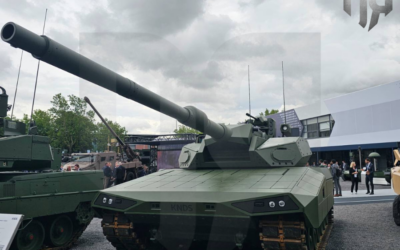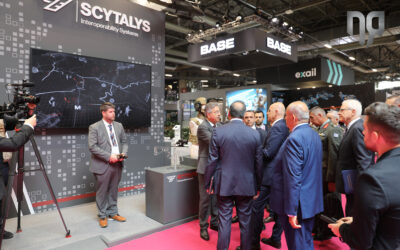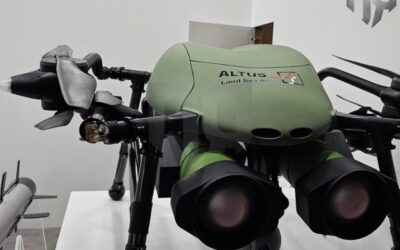With such a large number of interested attendees at MBDA’s pavilion at the Eurosatory 2024 Defence exhibition, the stand reminded of an…
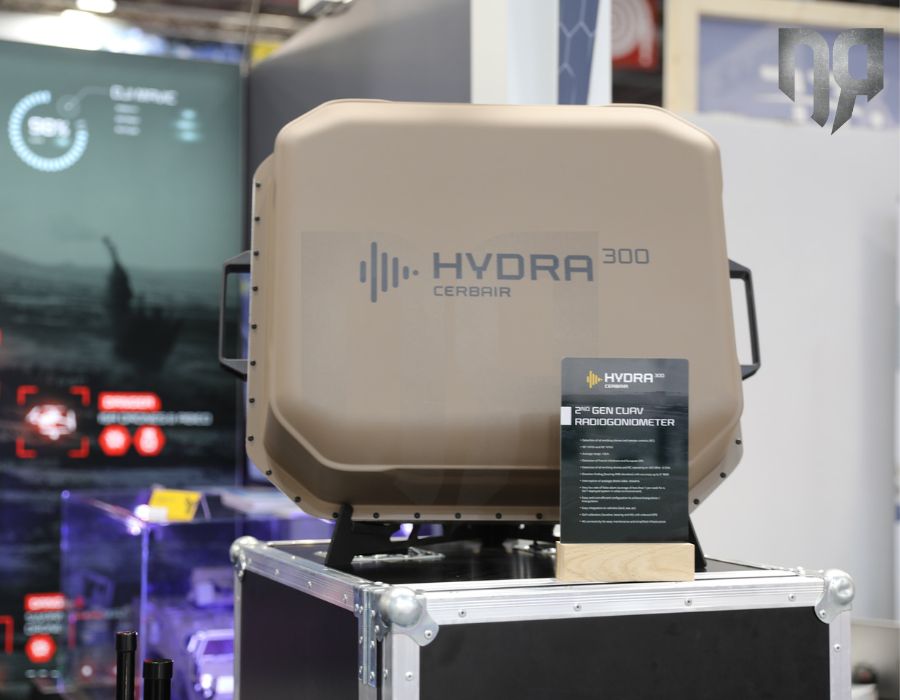
*Christos Loizou
Cerbair’s HYDRA Counter Unmanned Aircraft System (C-UAS) family welcomed its third member, the HYDRA 300. The introduction of the system took place at Eurosatory 2022 International Defence and Security Exhibition in Paris.
DEFENCE ReDEFiNED visited the Cerbair booth and spoke with a company representative. We note that Cerbair was present at Eurosatory 2022, together with Keas, a company which specialises in neutralisation systems for drones, such the well-known Minka jammer. Keas cooperation with Cerbair has been significantly strengthened, especially after their joint announcement at the Milipol 2021 exhibition, to establish a strategic partnership to become global key players in the field of anti-drone systems.
According to Cerbair, the HYDRA 300 comes from the experience and feedback of system users worldwide.
Also read: Cerbair | Lessons learned from the Houthi drone attacks in the UAE
The HYDRA 300 can cover all current and future frequency bands, including “non-civilian” UAVs, as the sensor now detects all UAV transmitters and remote-controlled UAVs operating in the 400 MHz – 6 GHz frequency at a range of 3 Km and at a 90° elevation. Each panel can also operate independently or in combination with 4, 8, 12 identical ones.
Furthermore, the range of the HYDRA 300 increases at 3 km compared to HYDRA 200 with 2 km. The accuracy is significantly improved to reach 3° RMS (Root Mean Square), compared to 10° for the HYDRA 200, while the solution in question, integrated into a management and control sensor (C2), ultimately has a very low rate of false alarms.
The basic technology of the HYDRA 300 is based on the algorithm technology developed by Cerbair for radio frequency analysis. Like the mythical monster with multiple heads, HYDRA relies on an expandable number of passive sensors that are installed either on the ground, for example on masts, in vehicles, on boats, or even on air platforms. The minimum number of sensors for 360 degrees coverage is four as shown in the photo below.
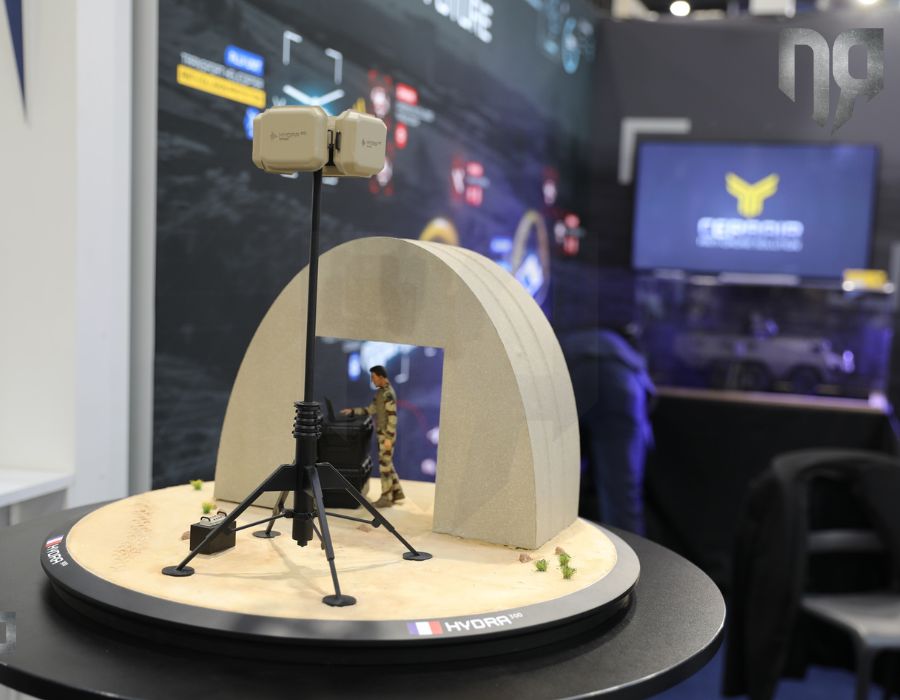
Therefore, the HYDRA is able to detect both UAV and its Remote Control Station, to recognize the type of UAV with zero interference (Passive sensor). In addition, the system is known for its ease of installation (20 minutes / 2 PAX), while it is modular, scalable, and highly customizable. The detection of targets by the system is up to 2 km, while installed on a ship it can reach 4 km. Respectively, the neutralization of the target is calculated at a distance of one kilometer.
Also read: MILIPOL 2021 | CERBAIR “Chimera” – The drones’ nightmare
The HYDRA 300 system is also used as a passive sensor for a number of other systems installed on various platforms such as combat vehicles.
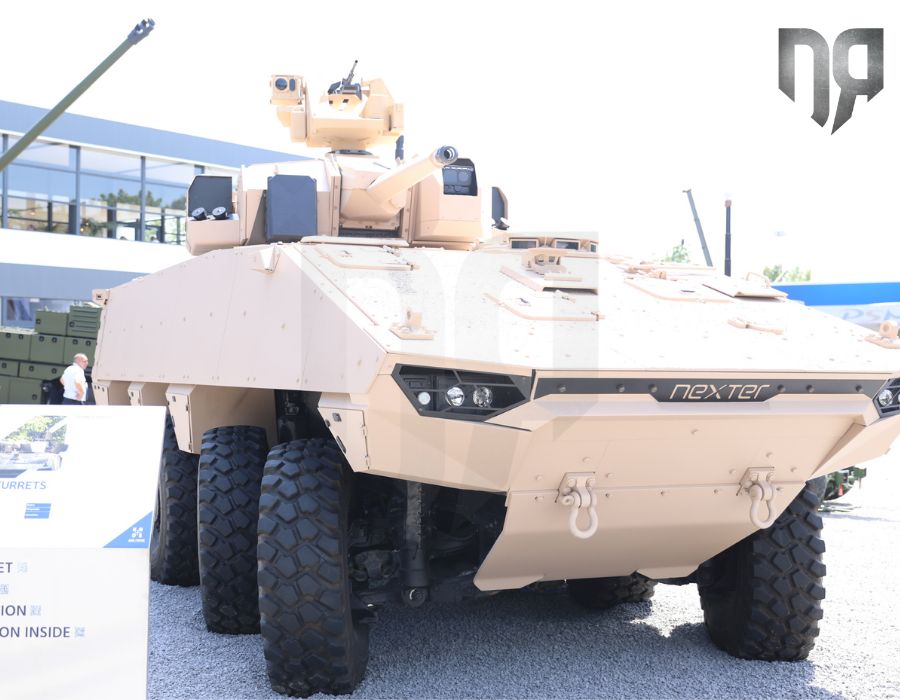
At the Eurosatory exhibition, the HYDRA 300 was showcased on the Nexter’s 8×8 VBCI Philoctetes vehicle, but also on the MBDA booth, where the HYDRA 300 was part of the Sky Warden C-UAS solution.
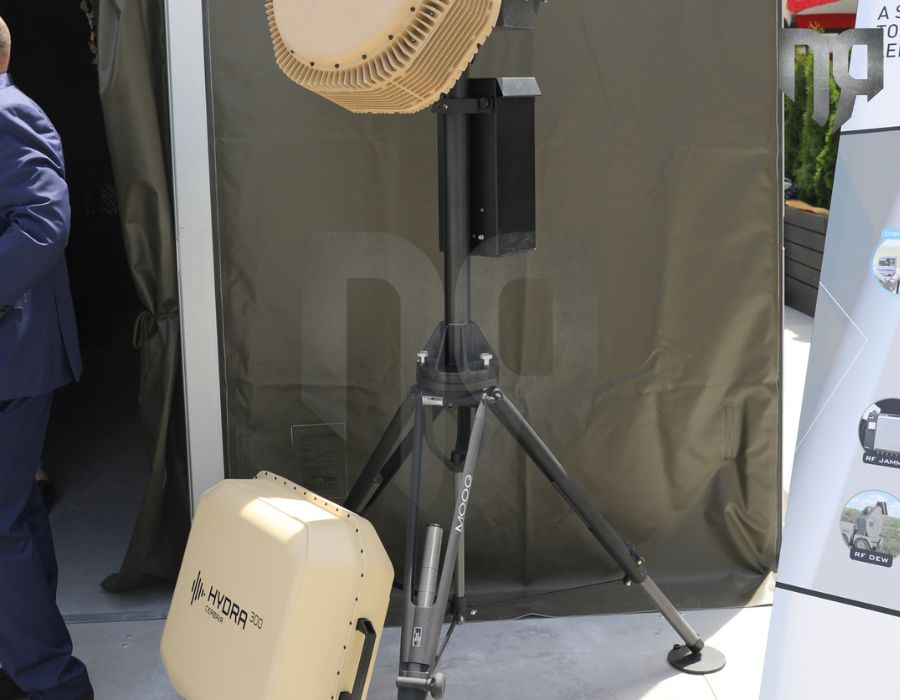
In addition, the HYDRA 300 was installed at Arquus Remote Control Weapon Station (RCWS). In particular, the RCWS Hornet Air Guard, with the HYDRA 300 installed as you can see in the video below (link), can be used in addition to counter-drone engagement for observation or combat missions.
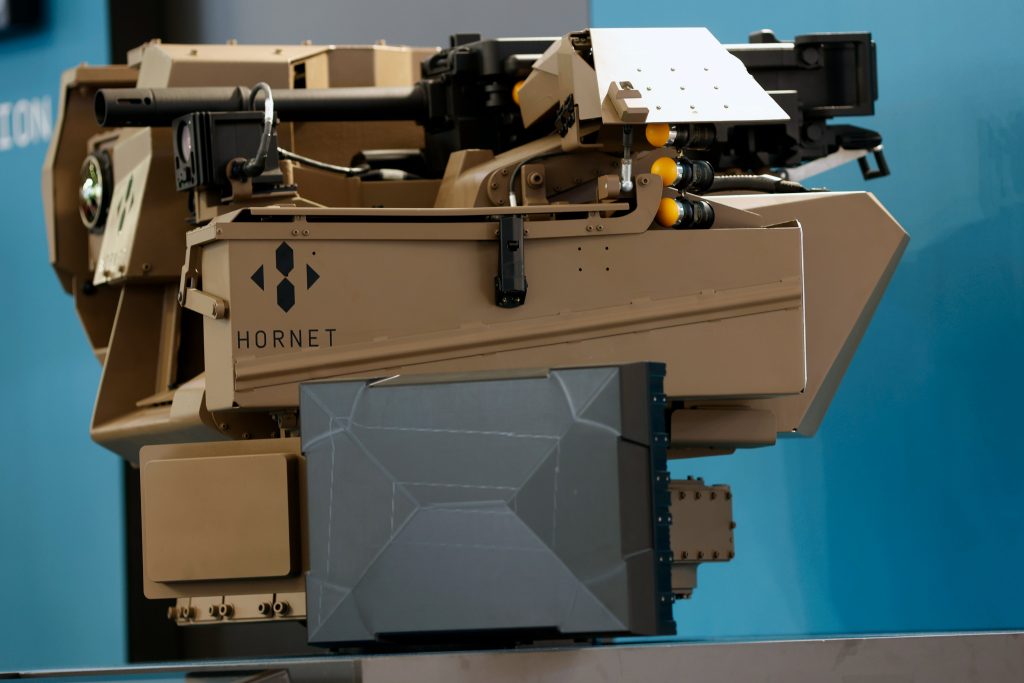
By detecting a hostile UAV, the pilot is automatically alerted to the threat and can identify the target via optronics. The UAV can then be neutralized with the 40mm automatic grenade launcher and Air Burst technology munition.
Also read: Medusa | Cerbair’s “mythological” anti-drone solution
Finally, as we were briefed, Cerbair – in collaboration with Thales and CS Group – will provide the HYDRA 300 as the detection system of the PARADE program which will be used to protect the infrastructure during the 2024 Olympic Games in Paris. The first PARADE systems ordered by the Directorate General of Armaments (DGA) will be delivered later this year.
Cerbair also participates in JEY – CUAS, a European anti-drone program with the participation of 38 companies including the Cypriot SignalGeneriX and the University of West Attica, the Hellenic Aerospace Industry SA, and IMATIK from Greece.
🇬🇧 Did you miss the new add-on to HORNET #turret? Meet our #CUAS module showcased at @cogeseurosatory and detailed by Jean Boy (@Arquus_Defense – Hornet) and Charlie Pinedo (@CERBAIR). #CUAS #CUAV #dronedetection #dronesafety #innovation #new #armoredvehicle #ied pic.twitter.com/1iTeainB1m
— CERBAIR (@CERBAIR) June 22, 2022
READ MORE
KNDS | Showcases full range of LEOPARD battle tanks at EUROSATORY
KNDS continues to expand its technological advantage in the field of main battle tank development, as we have witnessed at the Defence and…
THEON SENSORS | Distinguishing appearance at EUROSATORY 2024 with new range of products
THEON SENSORS attended the International Defence and Security Exhibition EUROSATORY 2024 as an ambassador of Greek innovation…
EUROSATORY 2024 | Missile Artillery Solutions from MBDA
With such a large number of interested attendees at MBDA’s pavilion at the Eurosatory 2024 Defence exhibition, the stand reminded of an…
KNDS | Showcases full range of LEOPARD battle tanks at EUROSATORY
KNDS continues to expand its technological advantage in the field of main battle tank development, as we have witnessed at the Defence and…
THEON SENSORS | Distinguishing appearance at EUROSATORY 2024 with new range of products
THEON SENSORS attended the International Defence and Security Exhibition EUROSATORY 2024 as an ambassador of Greek innovation…
Ministry of Defence | Organization of Hellenic EDF Info Day
A Conference entitled “EDF Info Day” is organized in the Amphitheater of the National Gallery on Tuesday, July 9 from 09:00 to 17:00.
ALTUS LSA | Participates in EUROSATORY 2024 with KERVEROS in the foreground
The participation of ALTUS LSA in EUROSATORY 2024 is among the Greek participations of operational significance.
Freddy Beleris | Ιn jail until October
The elected mayor of Heimarra and Member of the European Parliament of New Democracy will remain in prison until October…








